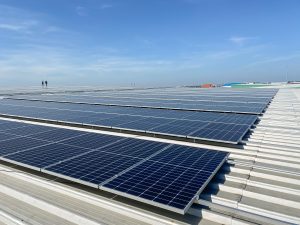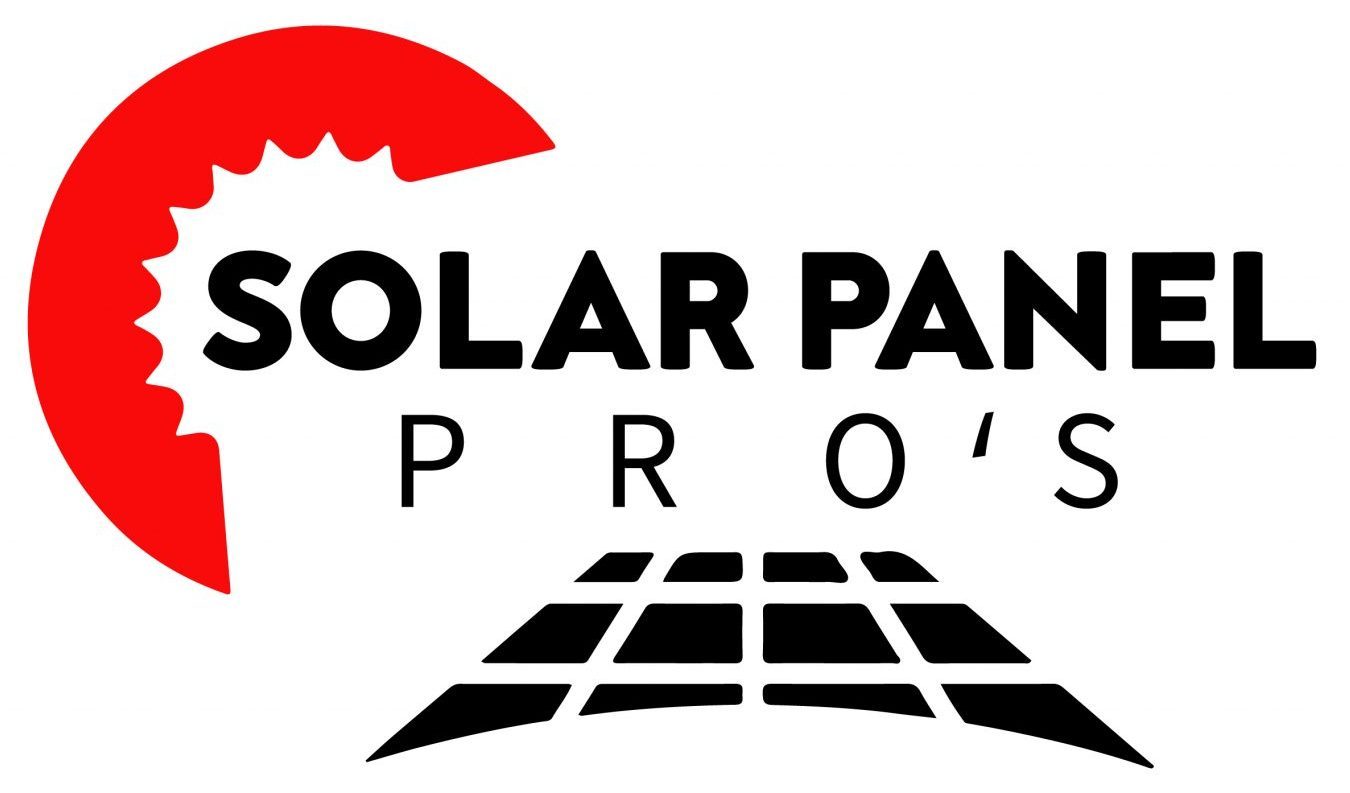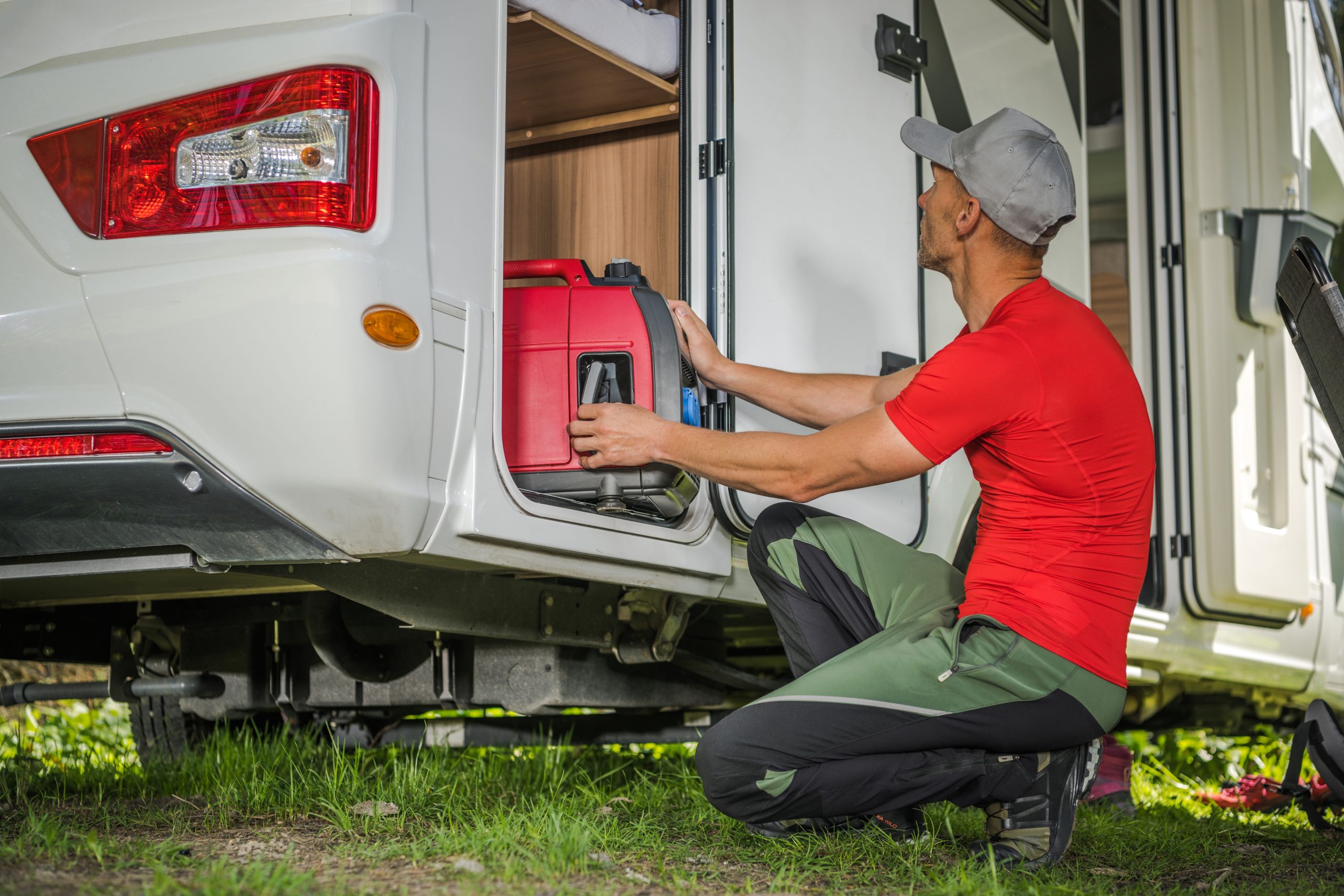Yesterday, I had a power outage. I was woken up by my phone going off with what seemed like a thousand notifications from social media outlets. My first thought was to check and see if the internet was still working, but it turns out my power had gone out. I felt bad for not having an inverter because I couldn’t work from home or at the office during this outage.
What is a power outage?
A power outage is an interruption to the supply of electricity. It can happen due to a variety of reasons, including severe weather, downed power lines, or a problem at a power plant. When the power goes out, it can be disruptive and even dangerous. That’s why it’s important to have a backup plan in place.
An inverter is a device that converts direct current (DC) into alternating current (AC). This means that it can take the power from your batteries and turn it into the kind of power that your appliances and devices use. This can be really helpful during a power outage, because it means you’ll still have access to electricity.
Installing an inverter is a great way to prepare for power outages. It can give you peace of mind knowing that you won’t be left in the dark (literally!) if the power goes out.
Why do power outages happen?
There are a variety of reasons why power outages happen. One reason is severe weather. Heavy rains, high winds, and ice storms can damage power lines and equipment, causing outages.
Another reason power outages occur is when there is a problem at a power plant. Plants generate electricity by using giant turbines that are turned by steam or water. If something goes wrong with the turbine, it can cause an outage.
Other causes of power outages include animals chewing on power lines, car accidents that take down poles, and tree branches falling on lines. Sometimes, outages happen simply because of old and outdated equipment.
How to prevent power outages with stun devices
If you are looking for a way to prevent power outages, stun devices are a great option. These devices work by delivering a high-voltage charge to an electrical circuit, causing it to trip and disconnect the power. This can be used to protect your home or business from power surges and blackouts.
There are a few things to keep in mind when using stun devices to prevent power outages. First, make sure that the device is properly rated for the voltage of your electrical system. Second, connect the device to the circuit breaker panel or fuse box before the main power supply. This will ensure that the charge is delivered directly to the electrical system and not through any other equipment. Finally, test the device regularly to ensure that it is working properly.
By following these simple tips, you can easily prevent power outages with stun devices.
How inverters work
An inverter is a device that converts direct current (DC) into alternating current (AC). The conversion is done by using a switch to allow the current to flow in one direction, then reversing the direction of the current. This process is repeated many times per second, and the resulting AC can be used to power appliances or to recharge batteries.
Inverters are commonly used in off-grid solar PV systems, where they convert DC electricity from the PV panels into AC electricity that can be used by household appliances. Inverters can also be used in grid-tied solar PV systems, where they convert DC electricity from the PV panels into AC electricity that can be fed into the utility grid.
Power Outages and solar panels
When the power goes out, your solar panel system can keep your lights on and power your devices. All you need is a backup battery and an inverter.
If you live in an area with frequent power outages, a solar panel system with an inverter is a great investment. Not only will it keep your lights on and your devices charged, but it will also save you money on your electric bill.
The best part about solar power is that it’s free once you’ve installed the initial investment of panels and an inverter. So not only will you be saving money, but you’ll also be doing your part to save the planet.
Inverters vs. UPS systems
Inverters are devices that convert DC (direct current) power to AC (alternating current). UPS systems, on the other hand, are devices that provide backup power in the event of a power outage.
Inverters are more expensive than UPS systems, but they offer several advantages. For one, inverters can be used with any type of battery, including lead-acid batteries, which are the most common type of battery used in UPS systems. Inverters also have a higher efficiency than UPS systems, meaning they waste less energy and cost less to operate. Finally, inverters can be used to generate AC power from renewable sources like solar panels and wind turbines.
UPS systems have their own advantages as well. They’re easier to install than inverters, and they don’t require a battery. UPS systems also provide instant backup power in the event of a power outage, which is essential for businesses that rely on computers and other sensitive equipment.
So, which is better? It depends on your needs. If you want the most efficient way to generate AC power from renewable sources, an inverter is the way to go. If you need instant backup power in case of a power outage, a UPS system is probably your best bet.
What are the Benefits of Installing an Inverter?
Installing an inverter has a number of benefits, the most important of which is that it provides a backup power source in the event of a power outage. Inverters are also relatively easy to install and maintain, and they are relatively inexpensive compared to other backup power options.


